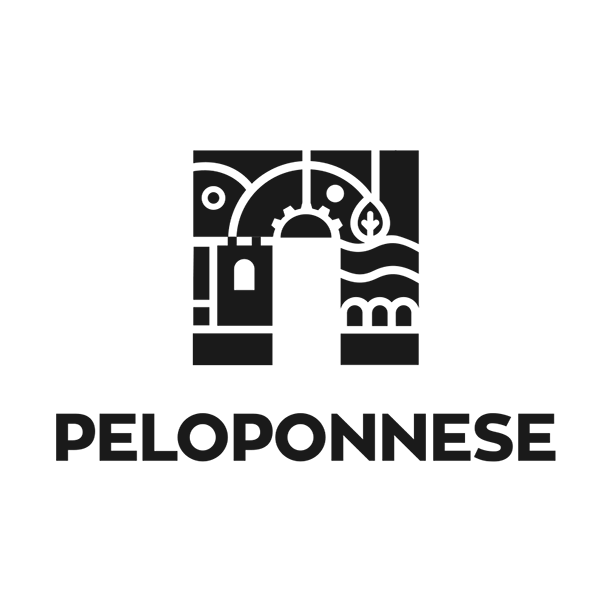Vacation in Petalidi means non-stop swimming on the nearby beaches, good food, rest, trips to the nearby attractions. This summer resort lies very close to Kalamata (18 km) but to Messinia too (13 km), and it worth reading about its great history.
Vacation in Petalidi means non-stop swimming on the nearby beaches, good food, rest, trips to the nearby attractions. In this summer resort, the houses with roofs made of clay tiles, are built in the greenery, by the coast. It is very close to Kalamata (18 km), but to Messinia, too (13 km).
Its organised beach is sandy with pebbles. There is an esplanade with tavernas, cafés and breakwaters. Strolling in the village, you’ll see the Church of Mother Mary, built in 1835, whereas excavations brought to light antiquities dating back to the Late Classical, Hellenistic, Roman and Early Byzantine periods. How many of the Greek and foreign visitors coming to Petalidi to spend their holidays by the sea, would have thought that it has such a rich history?
As we read on the website of the Public Library of Petalidi, it has remarkable historical and archaeological wealth. According to written sources, the history of the region where Petalidi is now located, starts from the Homeric era. Better documented seems to be its development in the Classical era up to the Late Antiquity. In the Middle-Byzantine era (642-1024 AD), the region of Petalidi is desolate and deserted. It seems that it was revived in the Late Byzantine era (1025-1453), as a place of commercial activity, and strong economic activity was developed during the Greek Revolution of 1821 and the establishment of the Greek state. The highlight of this period was the landing of the fleet of the French General Maizon on the bay of Petalidi, on his expedition to rid the Peloponnese of Ibrahim’s troops, as well as the establishment of the Maniot colony in the region. The settlement was officially founded in 1834 by Nikolaos Pierros Mavromichalis, ardent supporter of Governor Ioannis Kapodistrias. The construction started in 1835, and the town planning was based on a streamlined plan, drafted by Bavarian engineers Kollmann and Strauss, with a rectangular layout and provision for public spaces.
Another important fact is that this is where people from three different regions met: Maniots, people from the nearby regions and Arcadian Aromanians from villages such as Alonistaina. The conflicts among them gradually ceased from 1920 onwards. Slowly, they learned how to coexist. The Maniot element is strong, in any case, and their dialect has been preserved in Petalidi over the years, thanks to the famous Maniot lament.
Read more on the website of the Library of Petalidi
Find the destination on the interactive map below. Open on Google Map.
Σχετικό περιεχόμενο χρηστών (UGC)
Ενημερωθείτε για ενδιαφέροντα θέματα γύρω από τον προορισμό μέσα από το περιεχόμενο των χρηστών μας
Newsletters
- About Us
- FAQ's
- Map
- Tourism Information Centers
- Disclaimer
- Sitemap
- Our Brand
- Media Room
- Add your Business
- Corporate
- MICE

Peloponnese. The land of impossible beginnings





Design and creation from Cosmote
Marinas and Moorings
Diving Centers
Get Inspired
- Media Gallery
- Peloponnese Travel Blog
- The Peloponnese in the Media
- Your Feedback
- Users' General Content
- Users' Local Products
- Users' Events Content
- Ask a Local
More
- My peloponnese vibe
- Our providers Network
- Destinations Map
- Weather
- Public Transport
- Frequently Asked Questions
- Useful Phones
- B2B
- Destination Statistical Data
- Contact

